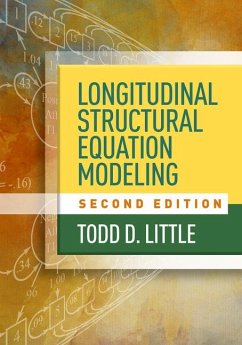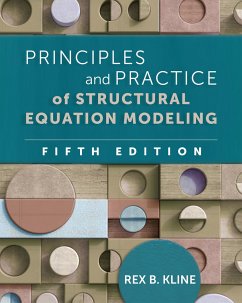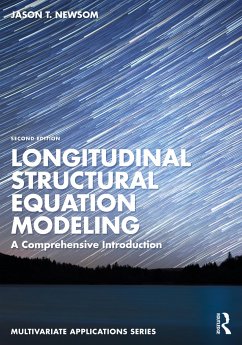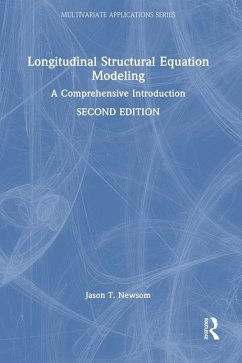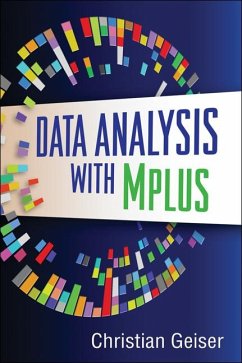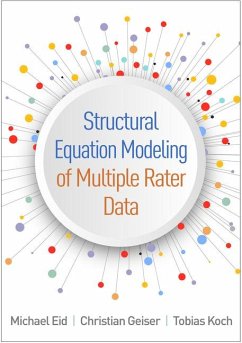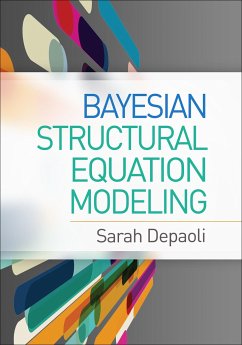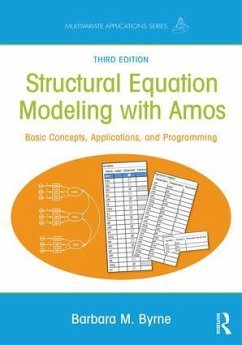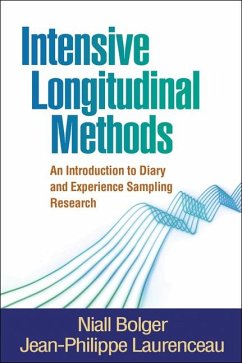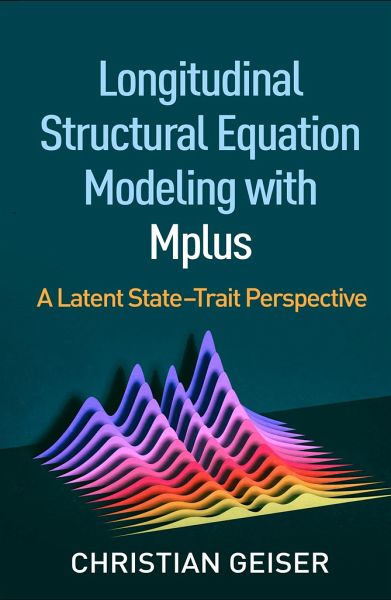
Longitudinal Structural Equation Modeling with Mplus
A Latent State-Trait Perspective

PAYBACK Punkte
41 °P sammeln!
An in-depth guide to executing longitudinal confirmatory factor analysis (CFA) and structural equation modeling (SEM) in Mplus, this book uses latent stateâ trait (LST) theory as a unifying conceptual framework, including the relevant coefficients of consistency, occasion specificity, and reliability.
Dieser Artikel kann nur an eine deutsche Lieferadresse ausgeliefert werden.




